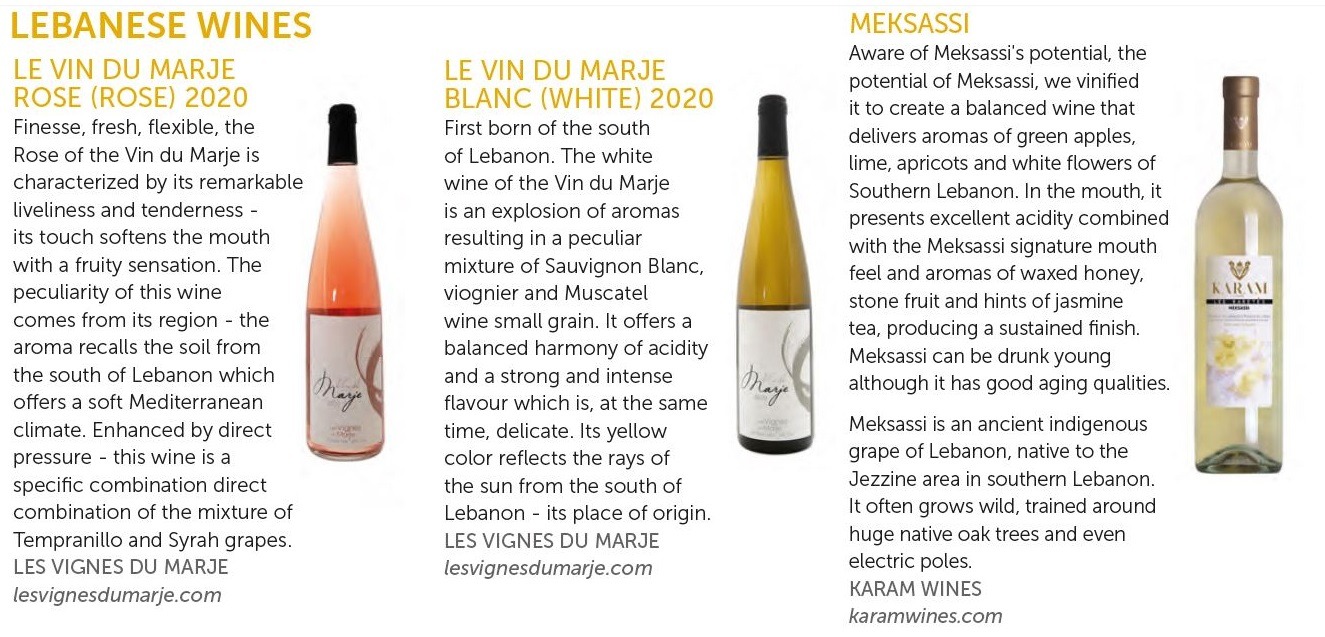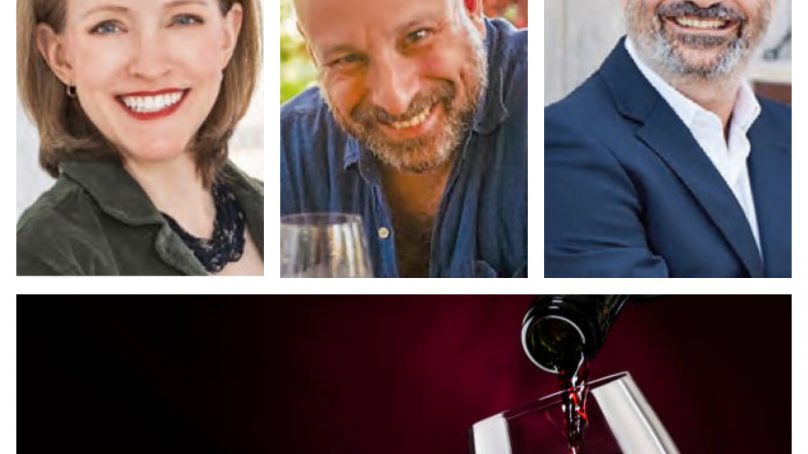
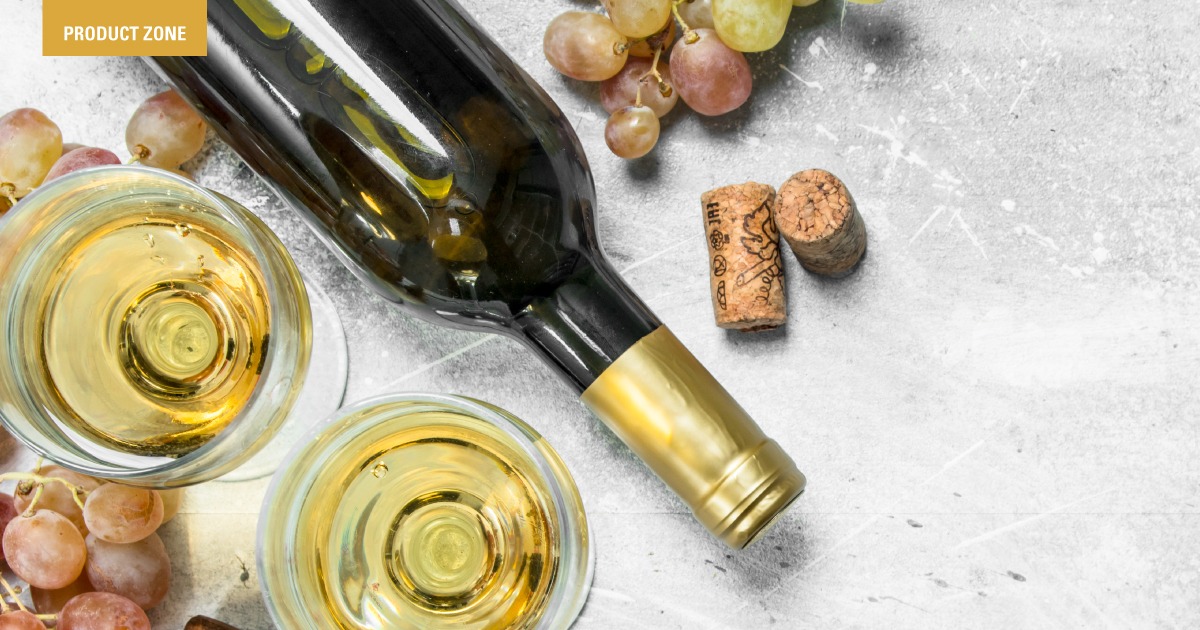

Natural and orange wines
Sommeliers continue to be fascinated by natural and orange wines. I have yet to meet a consumer that likes a still wine that turns out to be fizzy or an orange wine with fierce tannins that is served too cold. If you want to be part of the natural and orange wine trend, make sure your wines are approachable so that the average consumer can enjoy them. If not, you’ll see beer and cocktails beating your wine list.
Demand for sparkling wine
Sparkling wines are soaring in sales as people feel they can finally celebrate after almost two years in lockdown. In New York City, there are stories that there will be Champagne shortages during the holidays. At least the idea of hoarding Champagne isn’t as bleak as hoarding toilet paper!
Wine competitions
Competitions vary greatly, and the guidelines and the realities of judging are different for each competition. First and foremost, make sure the head judges have well-honed palates. There’s no point in submitting wines for amateur judges.
Secondly, only submit wines that will be sold in the market where the medal or award is issued.
Beyond Burgundy
In the U.S., consumers are looking beyond white Burgundy — due to escalating prices — into other high-end white wines. Consumers are also buying directly from wineries more often, taking advantage of wine club offers and special cuvées that are not available elsewhere.
Making the restaurant wine list
First, rarity and exclusivity are great attributes to have on a wine list. If you have the same wines as everyone else, your list isn’t unique. This doesn’t mean the wines have to be expensive, just harder to get. Second, don’t overcharge for the wines, even if they are rare. Consumers know when they’re being taken advantage of, and there’s always another restaurant that is aching for their business.
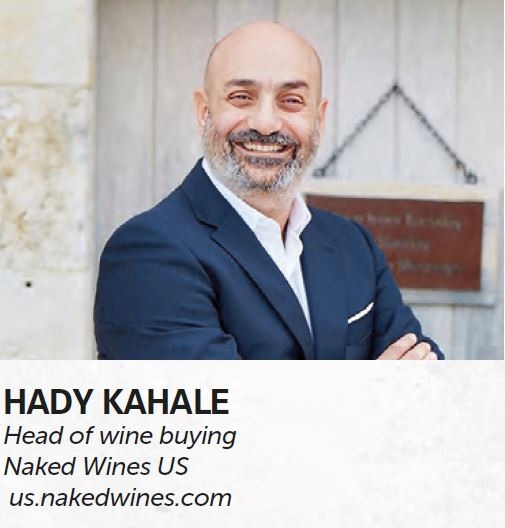
Sustainability
One of the top trends is sustainability through the whole production chain. Also, the online sale of wine, which grew exponentially because of Covid-19.
Champagne in fashion
Although it depends greatly on the market, sparkling wine is faring better in general compared to regular wine. Champagne wine producers can’t keep up with the demand, as markets are reopening and overdue celebrations and events are being scheduled. Prosecco Rose was added to the Prosecco DOC, which created new demand for an already successful category. Furthermore, the world is discovering traditional sparkling wines, like Cava, Cremant de Bourgogne and Cremant de Limoux, and loving them!
Judging wine
Some competitions have strict guidelines, but the majority ask judges to give each wine a bronze, silver, gold or double-gold rating with a score and few tasting notes without specifying criteria. Judges will rely on their experience and will ask themselves many questions, including: Is the wine faulty? How does the wine compare to the rest of the flight? Is it expressive? Is it balanced? Is it typical of the variety or the region? How much would I pay to buy this wine?
Experimenting with new categories
People are experimenting with orange, low-alcohol, natural, organic and many other wine categories. Nevertheless, the classics still remain on top, accounting for more than 85 percent of sales.
The biodynamic movement
Biodynamic wine production uses organic farming methods while also following the philosophy of Rudolf Steiner’s (the inventor of the concept), treating the earth as “a living and receptive organism” and also employing soil supplements and mixtures prepared according to biodynamic formulas. Natural wine is not a crystal-clear concept, as there is no legislation defining what this category exactly means. In general, natural wines have low or minimal intervention, with no additives like sulfites.
Restaurateurs take note
When selecting the best wine for a restaurant, the following should be taken into consideration: Does the wine fit my cuisine? Does the wine fit my clientele? Is the price right? Is the margin right? Will it leave a smile on my clients’ faces?
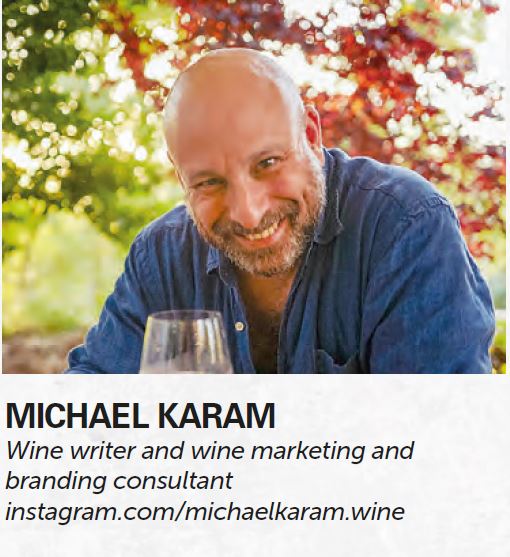
What’s trending?
The wine industry is being shaped by new, ecofriendly packaging while trying to remain competitive after Covid-19.
Cremant, Champagne and Cava
The global percentage of sparkling wines produced is around 2.5 billion bottles, so it is less than 10 percent of the volume of still wines. Consumers are waking up to the notion that Champagne is not the be all and end all. Cremant is doing very well, as more people are realizing that it is made in the same way as Champagne — as is Cava and English sparkling wine, by the way — and, as we all know, prosecco sales have gone through the roof.
Winning wines
At international competitions, judges look for value (price point versus quality), as well as balance (integration of fruit, tannins, acidity, alcohol, etc.)
Pandemic consumption
Consumers were drinking better wines with the money they were saving by not going out during the pandemic, so I guess it’s just a case of introducing their palates to (supposedly) better wines, perhaps from regions or from grapes they had never explored or tasted.
On the menu
When selecting wine for your customers, you need to see what they like in terms of regions or grapes and how much they usually spend. At the start, it can be trial and error until a pattern develops. That said, in order to know your customers, you have to know your wine. Most consumers actually know very little other than what they have been exposed to, so conversely it can be quite easy to sell a wine if you are passionate about it and clients feel they have learned something from your recommendation.
Wines of Lebanon
Lebanese winemakers need all the help they can get. We have a great industry, so Lebanese consumers should learn to curb their status anxiety and stop buying foreign wines on the assumption that they are better. For example, Bordeaux makes nearly 500 million bottles a year, and yet only a tiny percentage is legendary; most of it is quite ordinary.
